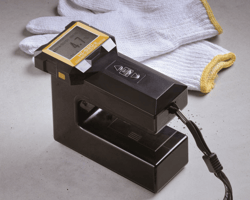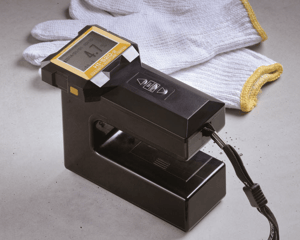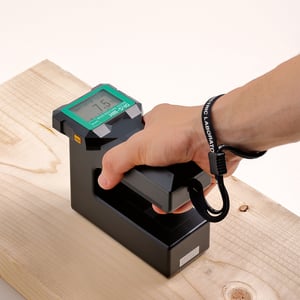 Construction can’t stop just because temperatures drop. As temperatures fluctuate, essential building materials like concrete have different curing conditions and sporadic strength gain.
Construction can’t stop just because temperatures drop. As temperatures fluctuate, essential building materials like concrete have different curing conditions and sporadic strength gain.
Pouring concrete without the right tools and procedures—especially in cold weather—can result in a weak final product and insufficient strength needed for a safe, structurally sound building.
Concrete is an important element in most building projects. Over 70 percent of the world’s population lives in buildings made with concrete, a product that gets stronger as it ages. When properly poured and laid, concrete can last for hundreds or even thousands of years. But this is only true if wintertime construction projects are thoughtfully and carefully executed.
The Challenges of Pouring Concrete in Cold Weather
The ideal temperature to pour concrete is somewhere between 50° and 60° Fahrenheit. When the temperature drops below 50° Fahrenheit, the chemical reactions that normally occur that allow concrete to set and strengthen slow down considerably. By the time the temperature drops below freezing, the setting and strengthening reactions stop altogether.
This means that when the temperature is too cold, concrete won’t develop and cure to its desired strength. When freshly poured concrete freezes during the first 24 hours, it can lose as much as 50 percent of its potential 28-day strength.
Additionally, cold weather can cause all kinds of structural problems for concrete. It can freeze and expand in colder temperatures, which leads to cracks that can impact the aesthetic and structural integrity of the concrete.
With the right precautions, you can still pour concrete in low temperatures and prevent cold weather damage.
The Critical First 24 Hours
The Portland Cement Company states that all concrete must be protected from freezing until it reaches a minimum strength of 500 pounds per square inch, which usually happens within the first 24 hours.
The freezing point of concrete is somewhere around 27° Fahrenheit, depending on the concrete mix. While concrete curing and hydration is an exothermic process—meaning it produces a certain amount of heat on its own—all kinds of measures must be taken to keep the concrete from freezing during this first day.
Why is this? Moisture is critical to the curing process, which strengthens the concrete. The longer the concrete is kept moist, the stronger it will become. To protect the concrete during this crucial time, precautions must be taken when curing concrete in extremely cold temperatures.
Concrete can be retained in forms, covered with blankets, hay, or other installation as it cures to maintain temperature levels. It’s a good idea to leave these forms in place and keep things covered to help distribute heat evenly and prevent the early drying of concrete. However, it’s important to note that moisture levels drop and the air gets dry in cold weather, which may expedite the curing and drying process, soaking up the moisture from concrete prematurely.
Tips for Pouring Concrete in Cold Weather
To handle pouring and laying concrete in the cold, it’s wise to follow these tips:
- Never place concrete on frozen ground, ice, or snow as the ground will settle and the concrete can crack. Plus, when the ground is too cold, the concrete in contact with the ground will set more slowly than the top layer.
- If the ground is frozen you can thaw it using construction heaters.
- Remove all snow and ice from the area where the concrete will be poured
- Warm up all tools, instruments, and equipment that come in contact with the concrete, including forms and embedments
Also, plan to have a moisture meter on hand to monitor all moisture changes in the concrete.
Your Essential Tool: How a Moisture Meter Can Help
A moisture meter like Kett’s HI520-02 Concrete and Mortar Moisture Meter can help you track and monitor the moisture content of a concrete project through the cold days of winter. This moisture meter can test the moisture content curing (and cured) concrete as it testes into the concrete, even after it hardens.
This instrument comes with an assortment of factory calibrations that adjust for both deep and shallow samples to share accurate moisture readings quickly and efficiently, and since it’s highly portable and works when waterproofing, finishing, and painting concrete, it’s also ideal for practical use on construction sites. Contractors and construction teams can use this moisture meter to conduct multiple moisture tests as the concrete hardens and cures, checking the levels to ensure a quality, long-lasting product.
Also, the HI520-02 moisture meter adjusts its readings for temperature, which means you won’t get skewed results from the cold winter air.
Kett has the high-quality, lasting instruments needed to ensure quality construction any time of year. To learn more, contact our team today.


